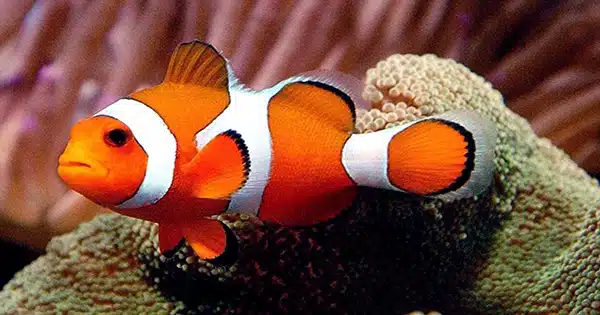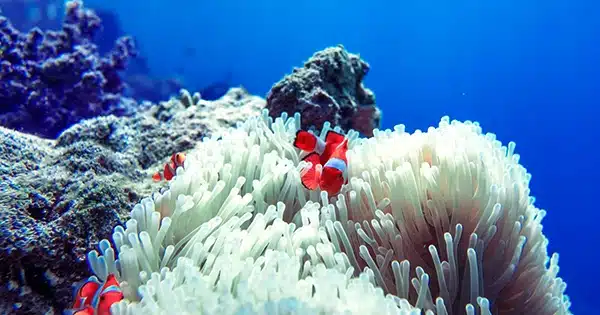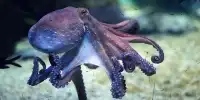Marine fish larvae are similar to athletes who must perform in order to survive. The success of their voyage and transformation from larvae to adults, known as metamorphosis, is critical for fish species survival.
Consider yourself a small transparent fish larva, measuring around 2 millimeters in length. Immediately after hatching, you find yourself in a vast blue environment—the ocean, where your journey begins. For several days or weeks, you will have to regularly swim in unfamiliar environments, collect food for energy, avoid predators, develop your sensory systems to orient yourself and fulfill your main goal—finding a home, a lovely habitat near the coast where you can settle.
As part of your transformation, you will experience development and major physical changes, allowing you to become a small adult ready to tackle a new coastal habitat.

How do these larvae deal with the various changes that occur in their bodies as they travel? A multinational team of researchers explored the role of thyroid hormones in the coordination of metamorphosis in the clownfish, Amphiprion ocellaris.
During the metamorphosis of clownfish, they identified a substantial link between metabolic activities in cells—systems that help transform food into energy—and thyroid hormones. These interactions, which occur both in captivity and in the wild, allow thyroid hormones to coordinate changes in energy needs with available environmental resources as clownfish migrate from the open ocean to coral reefs in search of a home.
The paper, titled “The multi-level regulation of clownfish metamorphosis by thyroid hormones,” was published in Cell Reports. The work was co-authored by OIST scientists Dr. Natacha Roux, Prof. Vincent Laudet, Dr. Saori Miura, Mr. Yuki Tara, Mr. Mathieu Reynaud, and Dr. Agneesh Barua, as well as researchers from universities in France, Taiwan, and the United States.
Furthermore, the researchers discovered that thyroid hormones not only play a role in activating the metamorphosis process, but also in coordinating the change of many organs and processes that occur throughout metamorphosis. Color vision, digestion, ossification—the process by which cells called osteoblasts create new bone material—pigmentation, the metabolism of the larvae, and its ability to make energy from food, which changes over time as the food they ingest changes.
“It’s like a switch; we can turn on specific genes and turn them off,” noted Dr. Natacha Roux, the article’s lead author and a researcher in OIST’s Computational Neuroethology Unit. “The plan was to turn off a specific gene known to regulate metabolism and see if it affected metamorphosis or not.” We also expedited the metamorphosis of some clownfish to see if their appearance changed.”
“We added small molecules to the water in glass containers with clownfish larvae that hasten metamorphosis and regulate metabolism.” “The fish breathe it in, it binds to specific proteins in cells called receptors, and something changes,” explained Professor Vincent Laudet, head of OIST’s Marine Ecology and Evolutionary Developmental Biology unit. “We wanted to know if changing the metabolism changes the metamorphosis, or if the two are completely separate?” In reality, they are not at all distinct, which suggests that the time of transformation is essential for the larvae’s survival.”
Additionally, the process of metamorphosis and the larval migration of marine fish in the open ocean both require a lot of energy. Therefore, it is crucial that both environmentally and physiologically, transformation takes place at the appropriate time. Fish populations can only regenerate if young larvae overcome all of these obstacles and undergo a successful metamorphosis before reaching a new coastal population.
This study is applicable to both marine fish and other animals because metamorphosis is a typical process that is controlled by thyroid hormones. Thyroid hormones are really measured right away when a human baby is delivered by medical professionals since they are crucial for early human growth, much like they are for clownfish development.















